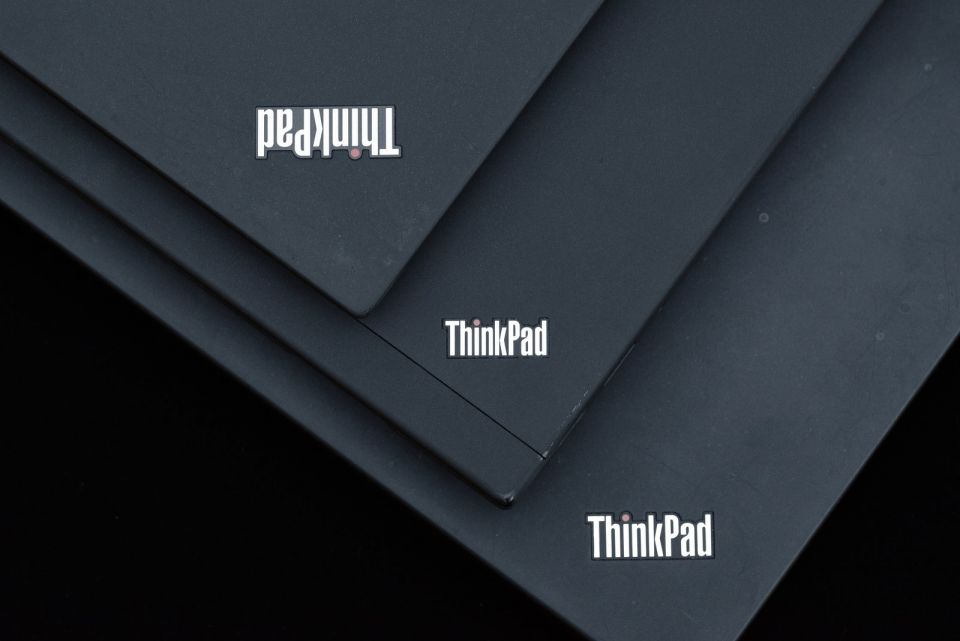Thanks to notebookcheck.net, I've scored a Fujitsu Futro S730 passively cooled mini PC (technically, it's a thin client) with an AMD GX-217GA processor, 4GB RAM and an 8GB mSATA SSD. All of that for a princely sum of €14.03 — with free DHL shipping included. And that was not even the cheapest model in the store I bought it from.
Continue reading
Although I have a box full of ThinkPads, I'm by no means a ThinkPad hoarder or, worse, collector. I just never had the heart to sell any of my trusty workhorses. Every ThinkPad I owned served me well, but there are several models that stand out. For the record, I use exclusively Linux (mostly Linux Mint and openSUSE), so I can't attest to how any of my ThinkPads perform when paired with Windows. In fact, decent Linux support was a decisive factor in switching to ThinkPads in the first place.

Continue reading
While you can power a Raspberry Pi through the dedicated USB port, it's not always practical. In certain situations, drawing power from a small and thin lithium-polymer (LiPo) battery makes better sense. This is especially true for projects based on Raspberry Pi Zero, because of the board's modest power requirements. The good news is that powering the Raspberry Pi Zero using a regular 3.7V LiPo battery is cheap and relatively straightforward (some soldering is required, though).
Incorrect wiring or wrong output voltage can damage the Raspberry Pi or the battery. Working with LiPo batteries can be dangerous. MAKE SURE YOU KNOW WHAT YOU'RE DOING, AND PROCEED AT YOUR OWN RISK!
Continue reading
Notebook batteries are fickle creatures. They don't like being charged to 100%. But they also not keen on being completely depleted. According to the conventional wisdom, to give your notebook's battery a long, productive, and healthy life, you should avoid charging it above 80% and discharging it below 25%.
Sounds simple, but how can you actually accomplish that without keeping your eyes peeled to the battery charge indicator? By letting the TLP worry about that. Install the tool on your system, configure battery charging thresholds, and leave it to TLP to take care of the rest. Here's how to do this on Linux Mint.
Continue reading

Why spend money on an expensive external HDMI monitor for your camera when an Android device together with the right mix of cables and adapters can do the trick? Of course, if you are doing professional work that requires dedicated tools, then a proper external monitor justifies the expense. For the rest of us mere mortals, though, a slightly less elegant but inexpensive solution would do the job just fine.
Continue reading

